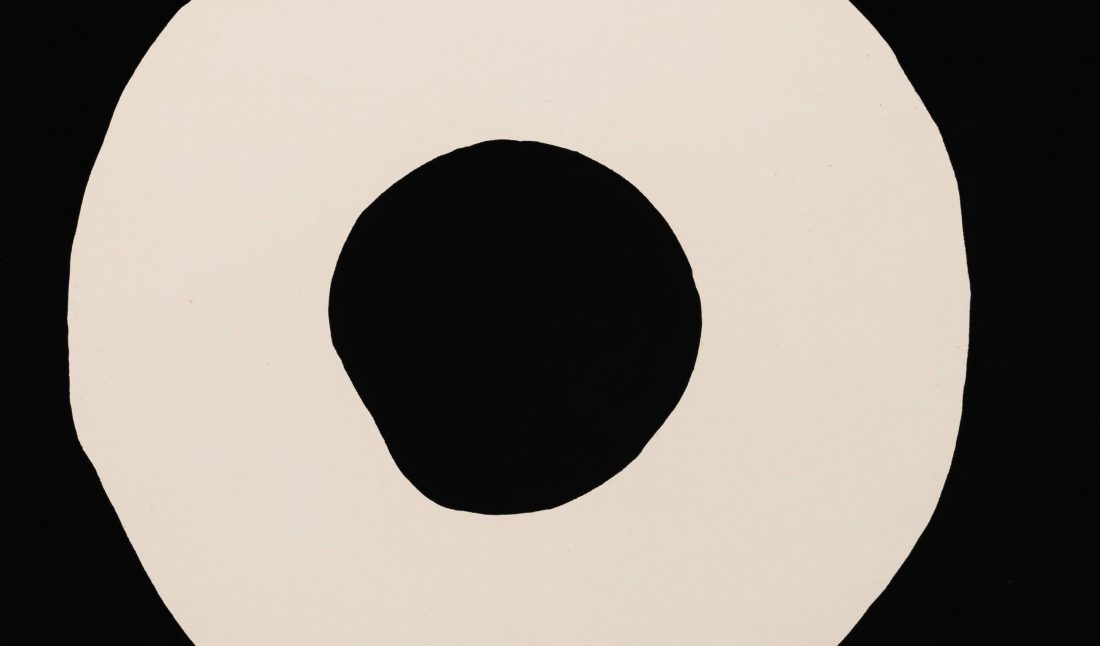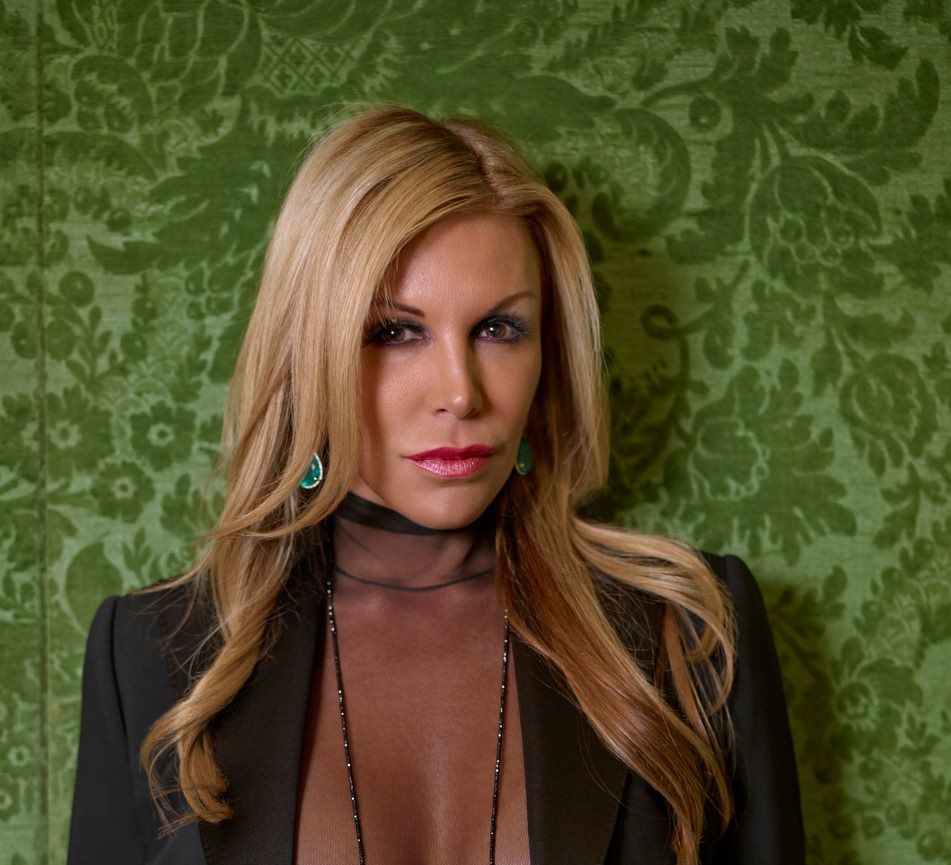Whitewall speaks with Evelyn Lin, the person behind the first sale of contemporary Chinese Art at Sotheby’s and the head of the Contemporary Asian Art Department in Hong Kong.
WHITEWALL: You spearheaded the first sale of Contemporary Chinese Art at Sotheby’s in 2004, and then went on to establish a whole new department devoted to Contemporary Asian Art. In over a decade since that first sale, what have been some of the biggest changes in the Contemporary Asian Art auction market?
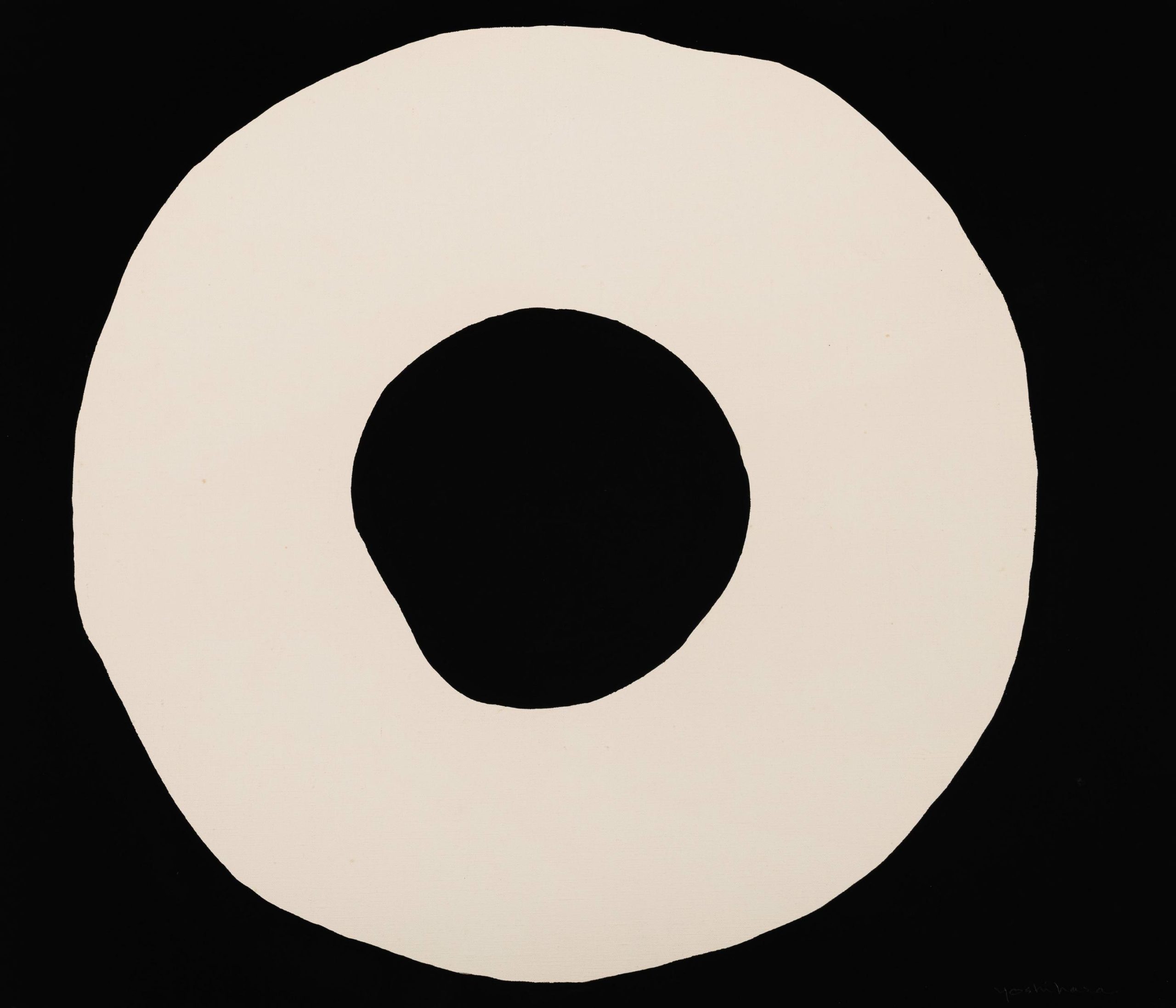 Bloodline: Big Family No. 3
Bloodline: Big Family No. 3EVELYN LIN: In over a decade since the establishment of the Contemporary Art Department at Sotheby’s Hong Kong, the growth of this particular auction market has been phenomenal, not only in terms of the prices achieved but also the increasing variety and quantity of properties on offer, demonstrating collectors’ diversifying tastes.
During this period of time, the contemporary Asian art auction market has seen increasing internationalisation, with the flourishing of art fairs in Hong Kong bringing in more collectors from around the world. A growing community of younger generation collectors has also emerged, actively participating at contemporary Asian art auctions and are always on the lookout for the latest trend and happenings in the art world.
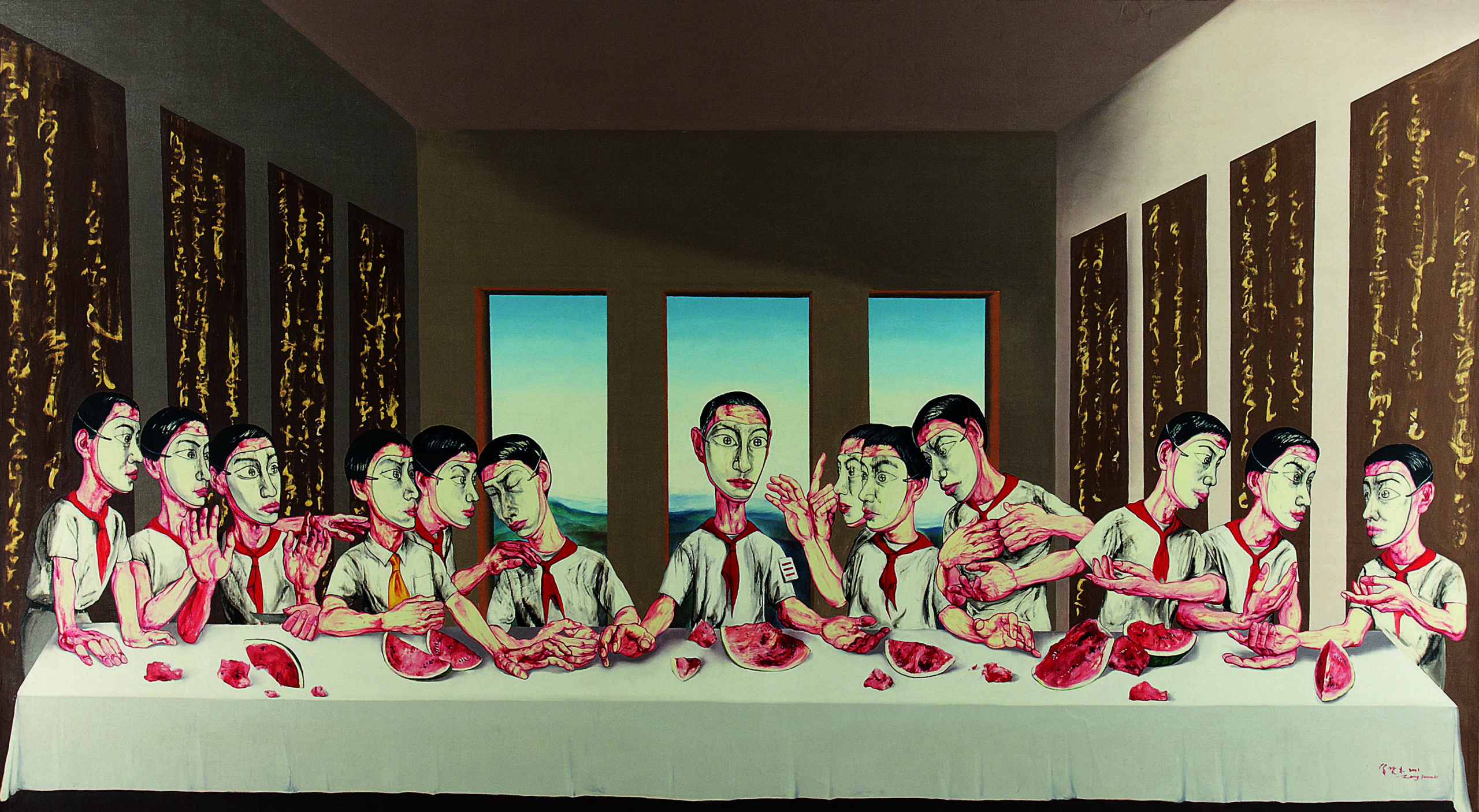 1995
1995WW: As the contemporary market grows more mature, how does it compare to other traditional categories, such as Ink Painting?
EL: Each art category is unique in its own right and it is difficult to compare one with another. Considering the contemporary Asian art category alone, as its market grows more mature, collectors have become more knowledgeable and have consistently made sensible decisions in acquiring works. Blue-chip, high-quality works by established artists continue to gain popularity among seasoned collectors, while entry-level works have attracted the younger generation collecting community on the other end of the spectrum—both of which have kept the market buoyant over the years.
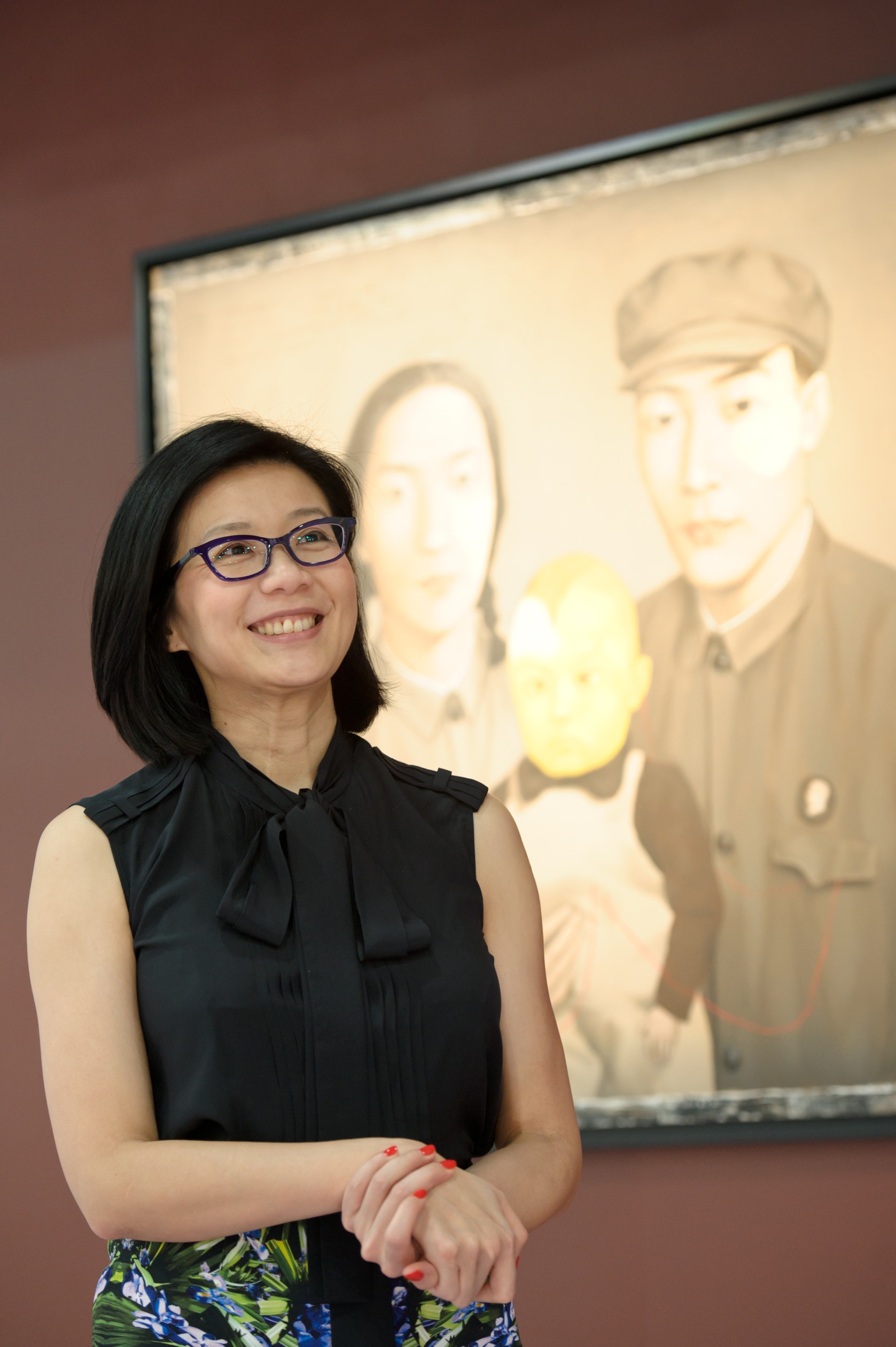 Courtesy of Sotheby’s Hong Kong
Courtesy of Sotheby’s Hong Kong
WW: Do you find that collectors interested in more traditional Asian Arts, like Ink Painting, are becoming more and more interested in contemporary works?
EL: Collectors’ taste has become increasingly diversified as the art market develops. They are no longer confined to certain collecting categories and are keen to explore those that are new to them. Cross-buying is on a rise and we have seen collectors from other categories adding contemporary Asian art into their collection.
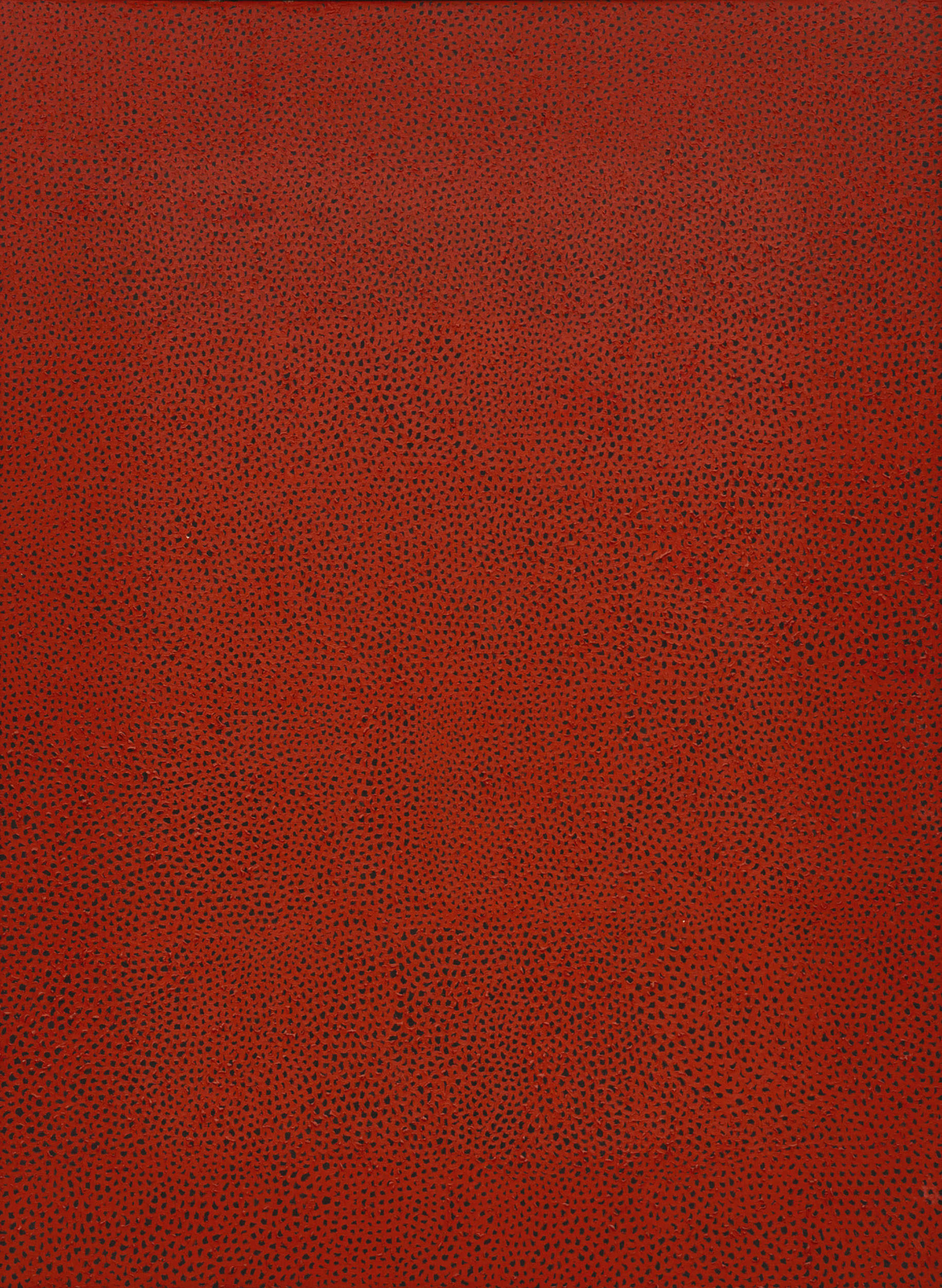 Yoshihara Jiro
Yoshihara JiroWW: What kinds of medium do you see as most successful at auction?
EL: Oil painting remains a more popular medium at auction.
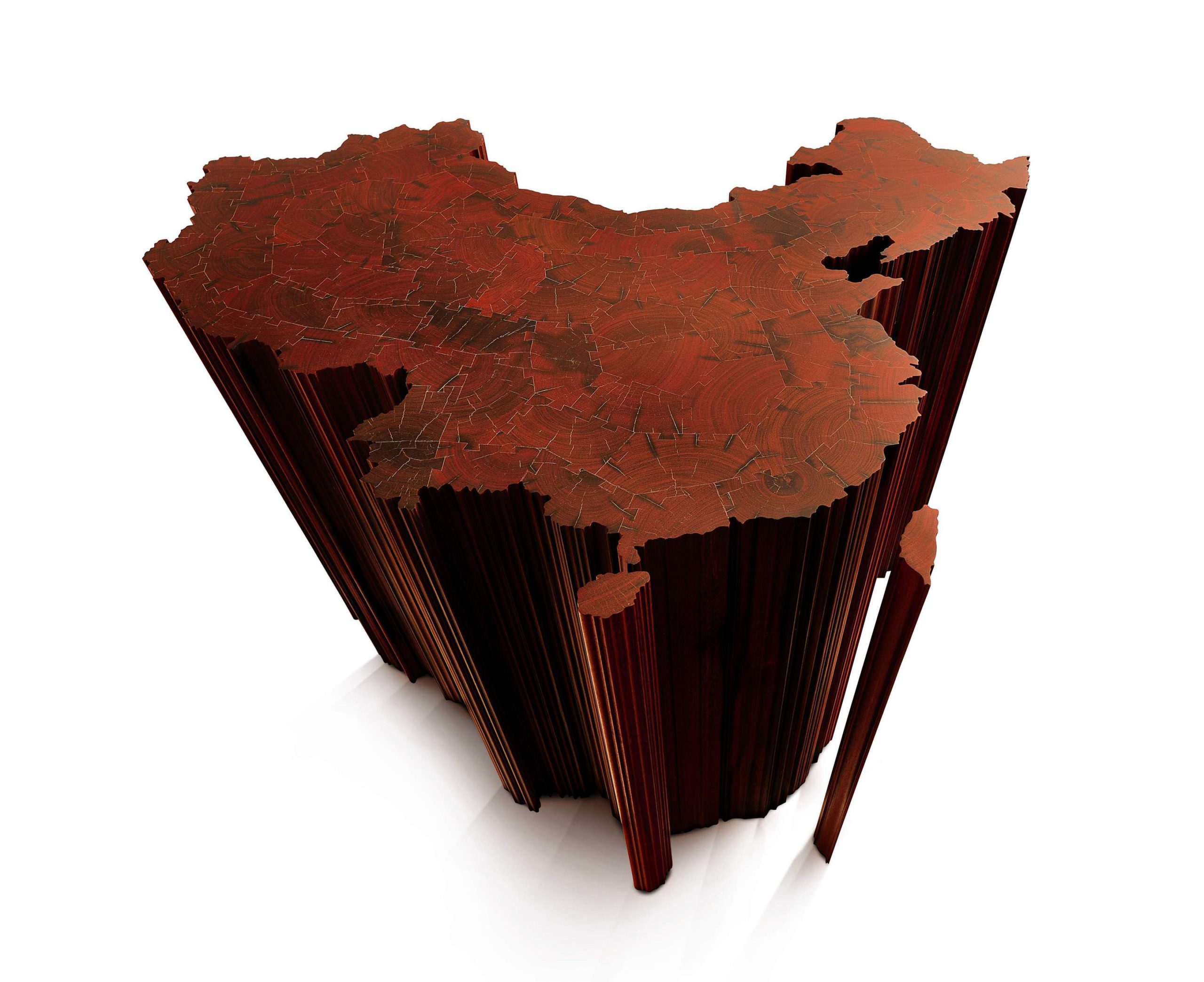 Work
Work WW: What has been the most exciting sale for you thus far?
EL: Among the many exciting sales that I have organised, The Ullens Collection offered in April and October 2011 is the most memorable one thus far. One of the most important and comprehensive assemblages of contemporary Chinese art, the collection is of immense art historical and academic value, signifying the birth and evolution of the Chinese avant-garde, as well as the vision and passion of the renowned art collector Guy Ullens. The collection encapsulates the visualisation of the Chinese nation’s history through works of art, and I was extremely privileged to have the opportunity to handle the sale of a collection of such quality and importance. The Ullens Collection became the highest-value single-owner collection of contemporary Chinese art ever sold, with world auction records set for multiple artists at the time.
WW: How do Hong Kong auctions compare to mainland China contemporary auctions?
EL: Generally speaking, contemporary art auctions at Sotheby’s Hong Kong encompass artworks from the greater China region, Japan and Korea, whilst such auctions in China focuses more on Chinese art alone.
WW: How has the presences of Art Hong Kong, and now Art Basel Hong Kong affected the Contemporary Asian Art performance at auction in Hong Kong?
EL: Art Basel and other major art fairs have brought overseas galleries to Hong Kong, and is an effective means to exposing local audiences to contemporary art from around the world. This in turn allows us to be more creative and diversified in our auction sourcing, as collectors become more receptive towards a wider range of artistic styles. The presence of art fairs has also drawn more general public to viewing and appreciating art, and we have seen new collectors entering the auction market as well.
WW: Where do you like to go and see contemporary art in Hong Kong?
EL: Galleries in Central, Sheung Wan, and Wong Chuk Hang.
The upcoming sale “Asian Design: China, Japan, Korea” takes place April 1.







